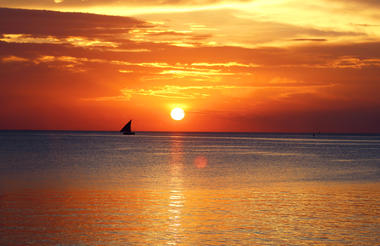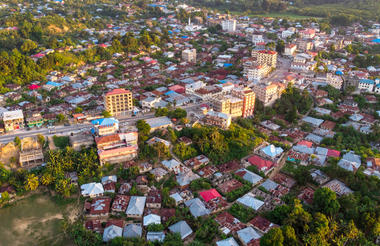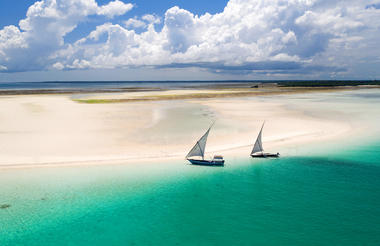Dar es Salaam is Tanzania’s former capital, her largest city and main port. The distinctly African, colourful markets are well worth a visit and both German and British influences can still be seen in the architecture around the city. Conveniently positioned amidst some of the most important sea routes in the world, the city is the transport and economic hub of the country as well as a centre for arts and culture. It serves as an excellent jumping-off point to explore the surrounding area including Pemba, Mbudya, Unguja islands, a variety of national parks and countless pristine beaches. Visitors can look forward to a number of other activities including: learning about Tanzanian culture at the National Museum and House of Culture, visiting the eclectic Oyster Bay, and taking a stroll through the city's lush Botanical Gardens.
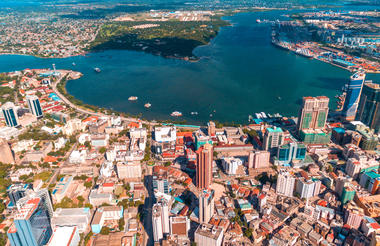
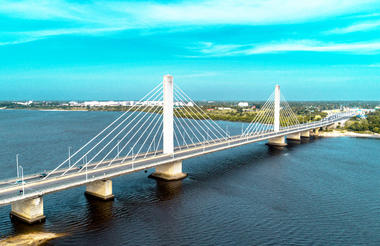
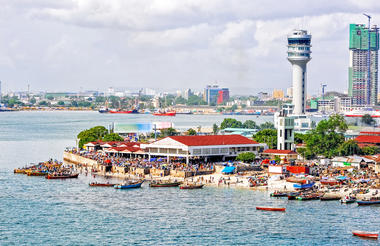
Following its recent expansion, Ruaha is currently East Africa’s biggest national park and the second-largest on the African continent. It is also Tanzania’s most sizeable elephant haven and home to a profusion of bird species, including kingfishers, plovers, egrets, hornbills and sunbirds. Crocodiles and hippos thrive in the Great Ruaha River, which flows along the sanctuary’s eastern border and in the dry season between July and November, animals flock to the last remaining water sources, presenting an exceptional wildlife spectacle. There are a number of accommodation options available but some close for the wet season in March and April.



Formerly the northern part of Selous Game Reserve, Tanzania's Nyerere National Park is Africa’s largest National Park. Stretching over an impressive 30,893 square kilometres, the park is home to some of the world’s largest concentrations of wildlife, and the incredible diversity and sheer volume of animals draw visitors from around the globe. Travellers can look forward to spotting a wide collection of common and rare species including the famous Big Five, some rare species of antelopes like Roan Antelope, and large concentrations of elephant and hippos. Don’t miss the opportunity to take a boating safari on the exquisite Rufiji River, spot the endangered African wild dog, and enjoy a guided walking safari with a highly knowledgeable guide.
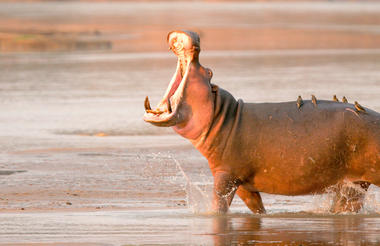
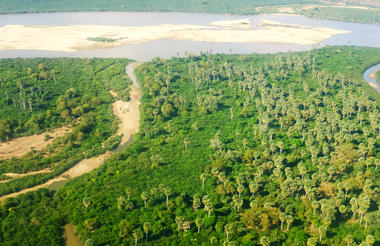
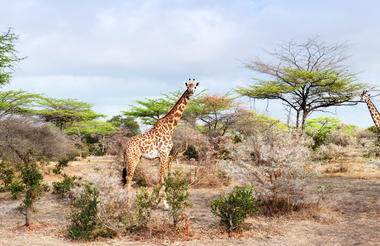
While similar in size to its neighbouring Unguja Island, Pemba is far less developed and touristy. As a result, this island paradise has a remarkably remote, authentic and unspoilt feel to it - and the coastline is lined with gorgeous mangroves and secluded beaches. Known throughout East Africa as a centre for practicing and learning the ancient arts of traditional African healing, the island has a rich and fascinating history that the notoriously friendly locals seem eager to share with visitors. Pemba is home to three main towns and boasts a wide range of attractions. Spend your days exploring the indigenous Ngezi and Ras Kiuyu Forests, both brimming with an abundance of unusual bird and wildlife; scuba diving in the crystal-clear waters (home to a variety of marine life including mantas and turtles), or exploring the incredible Ras Mkumbuu Ruins which date back to the 11th century.
